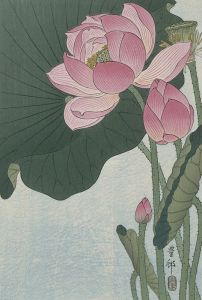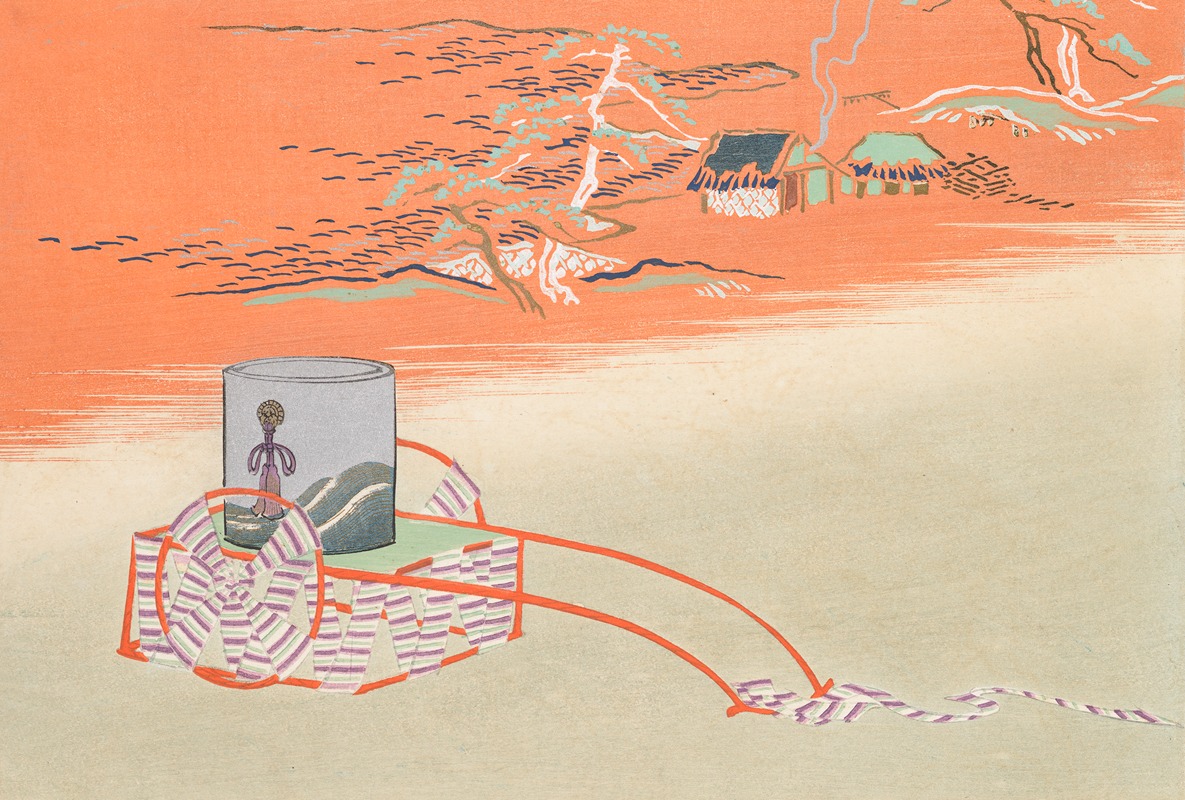
A Thousand Grasses Pl.18
A hand-painted replica of Kamisaka Sekka’s masterpiece A Thousand Grasses Pl.18, meticulously crafted by professional artists to capture the true essence of the original. Each piece is created with museum-quality canvas and rare mineral pigments, carefully painted by experienced artists with delicate brushstrokes and rich, layered colors to perfectly recreate the texture of the original artwork. Unlike machine-printed reproductions, this hand-painted version brings the painting to life, infused with the artist’s emotions and skill in every stroke. Whether for personal collection or home decoration, it instantly elevates the artistic atmosphere of any space.
Kamisaka Sekka (1866–1942) was a prominent Japanese artist and designer, known for his contributions to the Rinpa school of painting. He played a significant role in the modernization of traditional Japanese art during the Meiji and Taishō periods. His work is characterized by a blend of traditional Japanese aesthetics with influences from Western art, which he encountered during his travels and studies abroad.
"A Thousand Grasses" (Chigusa) is one of Sekka's most celebrated series, showcasing his mastery in the Rinpa style. This series is a collection of woodblock prints that exemplify the fusion of traditional Japanese themes with modern design elements. Each print in the series captures the essence of nature, a common theme in Rinpa art, while also incorporating bold colors and innovative compositions that reflect Sekka's unique artistic vision.
Plate 18 of "A Thousand Grasses" is a notable example within this series. Although specific details about this particular plate are limited, it can be understood within the context of the entire series. The series as a whole is known for its depiction of various plants and natural elements, rendered with a stylized elegance that is characteristic of Sekka's work. The use of color and form in these prints often reflects the influence of Western art movements, which Sekka skillfully integrated with traditional Japanese techniques.
Sekka's work, including "A Thousand Grasses," played a crucial role in the revival and transformation of the Rinpa school during the early 20th century. His ability to blend traditional Japanese motifs with modern design principles helped to reinvigorate interest in Japanese art both domestically and internationally. This fusion of styles is evident in the way Sekka approached subjects like flora, using them as a means to explore new artistic possibilities while maintaining a deep respect for traditional Japanese culture.
The impact of Kamisaka Sekka's work extends beyond the art world. His designs influenced various aspects of Japanese culture, including textiles, ceramics, and interior design. His innovative approach to art and design helped pave the way for future generations of artists who sought to balance tradition with modernity.
In summary, while specific information about Plate 18 of "A Thousand Grasses" is limited, it is part of a larger body of work that exemplifies Kamisaka Sekka's contributions to the evolution of Japanese art. His ability to harmonize traditional and modern elements continues to be celebrated, and his work remains an important part of the study of Japanese art history.






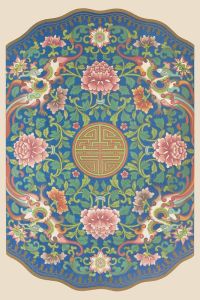
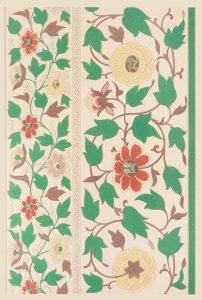


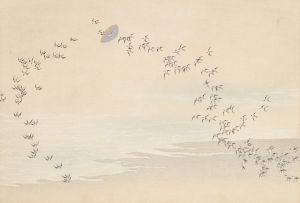
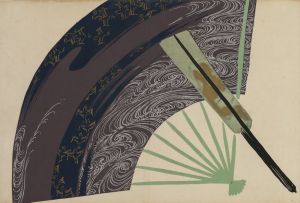
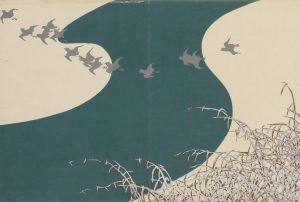
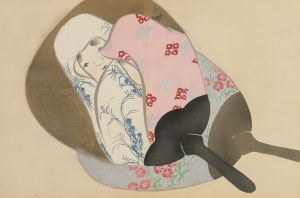
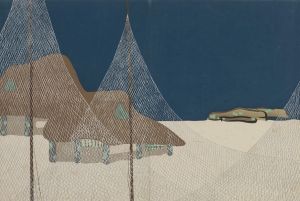
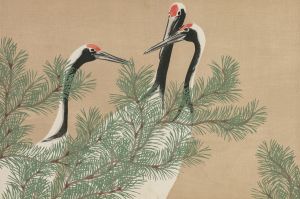
![Miscellaneous small sketches for inlaid table tops.] [Design with red and pink circular motif](/imgs/249441/s/winold-reiss-miscellaneous-small-sketches-for-inlaid-table-tops-design-with-red-and-pink-circular-motif-af0eedc4.jpg)
